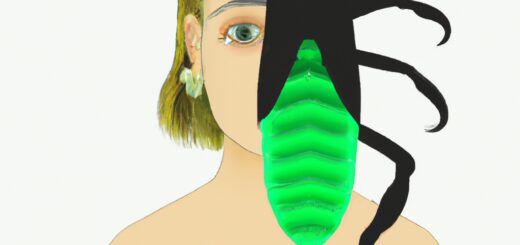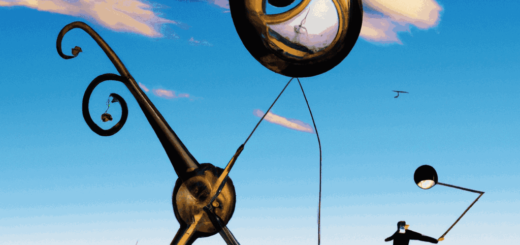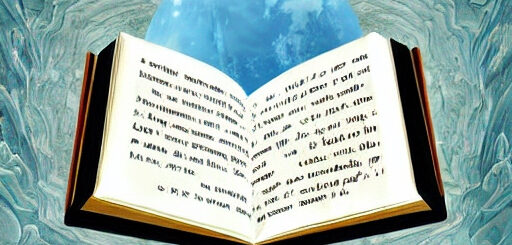Exploring the Surreal Landscapes of Borges’ Literature
Many authors have created surreal worlds for their readers to explore, but few compare to the ability of Borges to capture and captivate his readers. His work has been praised by both literary and philosophical circles alike, and his unique style of writing has influenced many other works in literature. In this blog post, we will take a deeper look into the surreal landscapes of Borges’ literature. From metaphysical landscapes to fantastical creatures, we will explore the depths of his imagination and how it has shaped our own understanding of the world around us.
Uncovering the Surreal Influences in Borges’ Writing
In the early twentieth century, a new literary movement was taking shape: Surrealism. This avant-garde movement focused on tapping into the unconscious mind to access hidden desires, fears, and fantasies. One of the most influential surrealist writers was Argentine author Jorge Luis Borges.
Borges was fascinated by dreamscapes and the ways in which our minds can create bizarre, illogical worlds. This is evident in his short story collection “Ficciones”, which features a number of stories with surreal elements. In “The Garden of Forking Paths”, for example, Borges creates a labyrinthine plot in which reality and fiction become intertwined.
It’s no wonder that Borges’ writing has been a major source of inspiration for many surrealist artists and filmmakers. His work continues to challenge and provoke readers, inviting them to question the nature of reality itself.

Examining the Dreamlike Worlds of Borges
In the worlds of Borges, reality and dreams are often blurred together, making it difficult to tell where one ends and the other begins. This is perhaps best seen in his short story “The Garden of Forking Paths”, which tells the story of a man who is living in a dreamlike state, where he is able to explore different paths that lead to different outcomes.
Borges also uses this blurring of reality and dreams in his poem “The House of Asterion”, which tells the story of a man who is trapped in a labyrinthine house, where he is constantly being followed by a mysterious figure. The surreal landscapes that Borges creates in his literature are both fascinating and unsettling, leaving readers with a sense of unease about what is real and what is not.
Themes in Borges’ Literature
Borges is known for his exploration of philosophical and literary themes. In his literature, Borges often examines the nature of time, reality, and identity. He also frequently writes about labyrinths, mirrors, and other surreal landscapes. These elements often reflect Borges’ own interests in philosophy and literature.
Deciphering the Symbolism of Borges and Surrealism
In the short story “The Aleph”, Borges uses a complex system of symbols to represent the infinite nature of the universe. The Aleph is a point in space that contains all other points, just as the symbol for infinity contains all other numbers. Borges uses the Aleph to show how the universe is both infinite and finite, containing all possible worlds but also being limited by its own structure.
The Surrealists were also interested in infinity and used it as a symbol of their own. They believed that art should be able to take us to places beyond our everyday experience, into the realm of the subconscious where anything is possible. The Surrealist artist Salvador Dali often used images of melting clocks to depict this idea of time standing still or flowing backwards and forwards in an unpredictable way.
Both Borges and the Surrealists were fascinated by what lies beyond our everyday reality and used their work to explore these possibilities. By using symbols to represent infinity, they were able to show how our world is both infinitely large and infinitely small at the same time.

Exploring the Intersection of Borges and Surrealism
In the early 20th century, a new literary movement was born that would come to be known as surrealism. This movement was characterized by its use of unexpected and often dreamlike juxtapositions to create an atmosphere of irrationality and unease. Jorge Luis Borges used this style to great effect in his short stories and poems.
Borges was heavily influenced by French surrealist literature, and his work often contains elements of absurd humor and philosophy. In many ways, Borges can be seen as the father of Latin American magical realism, a genre that would later be popularized by authors such as Gabriel Garcia Marquez.
Surrealism and Borges’ literature are united by their shared interest in exploring the hidden depths of the human psyche. Both seek to understand the world through a lens of dreamlike logic, where the strange and seemingly impossible can become reality. In Borges’ hands, this approach leads to some truly bizarre and fascinating stories that continue to resonate with readers today.
Conclusion
The landscapes created by Borges are truly remarkable, providing a fantastic array of surreal images for readers to explore. With each new story comes a fresh set of ideas and visuals that readers can find inspiring and thought-provoking. As Borges himself said, “The world is not to be put in order; the world is an enchantment” – this certainly rings true when exploring his work. So why not take some time out today to get lost in one of Borges’ creations? You may never want to leave!



